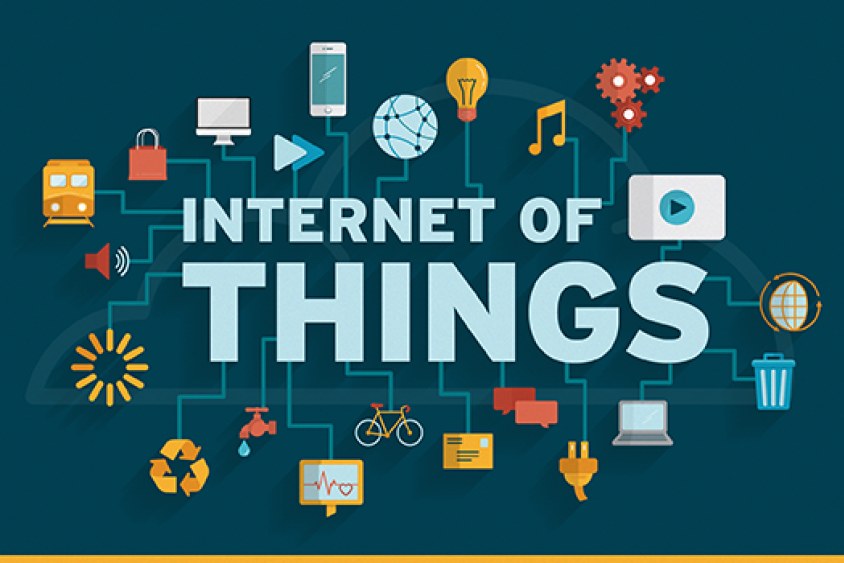IoT strategy: 3 examples show CIOs must think bigger than sensors

The term "Internet of Things" (IoT) means many different things to many different people. But for most, IoT describes the broad deployment of low-cost sensors and computing power to capture big data and to enable smart thermostats or add functionality to connected vehicles.
There’s significant value in these applications, but an emphasis on very simple sensors is constraining and tends to limit people’s concept of what’s possible with the combination of the IoT components – sensors, data, computation, and algorithms.
The same concepts that drive IoT can be applied much more broadly and deeply than people typically think.
In this era of big data, we also forget that data is derived from sensors and instruments – from wearable and non-contact physiological monitors, environmental sensors, from your interactions with your devices. In a class I teach at MIT, “Beyond IoT: Sensory Intelligence & Smart Technology,” we learn how the same concepts that drive IoT can be applied much more broadly and deeply than people typically think.
An understanding of what’s possible today via IoT – and where the technology is headed – opens up a world of possibilities for CIOs and other IT leaders.
IoT's principles suit bigger, badder tech problems
To understand how organizations can leverage the underlying principles of IoT for “bigger and badder” technology deployments, it’s important to first understand what these principles are. At their heart, IoT systems are characterized by the convergence of micro-sensing, computation, and communication. This convergence allows IoT systems to do the following:
- Acquire (or “sense”) data from the environment
- Pre-process data locally
- Communicate data to servers
- Combine data from multiple sensor types
- Perform signal processing both locally and in the cloud
- Draw inferences and provide insights about the world from the data, using computational techniques such as machine learning
- Make decisions and control actions in the environment
When we picture these principles in action, we tend to think of “traditional” IoT use cases, such as passive environmental monitoring: A sensor collects information about air or water quality, this data is pre-processed locally and transmitted to a central location, and then it is used to inform decision-making (often with the help of machine learning tools).
3 IoT examples that tackle intensive computing problems
But it doesn’t take a great leap of imagination to apply these same concepts and processes to more intensive computing problems. And it’s in these cases where we can see the true potential of applications that extend beyond IoT.
Here are three use cases that illustrate what I mean:
1. Healthcare
Although the solution is not yet commercially available, my lab at MIT recently validated the first fully non-contact ultrasound imaging process: A pulsed laser shines on a person’s body, tiny amounts of local heating create a sound wave that propagates into the body and back to the body surface, where it is detected with another laser — imaging algorithms then create a non-contact ultrasound image.
Read more at the source: The Enterprisers Project
Register for Brian Anthony's upcoming course: Beyond IoT: Sensory Intelligence & Smart Technology


